 EN
EN
 PT
PT

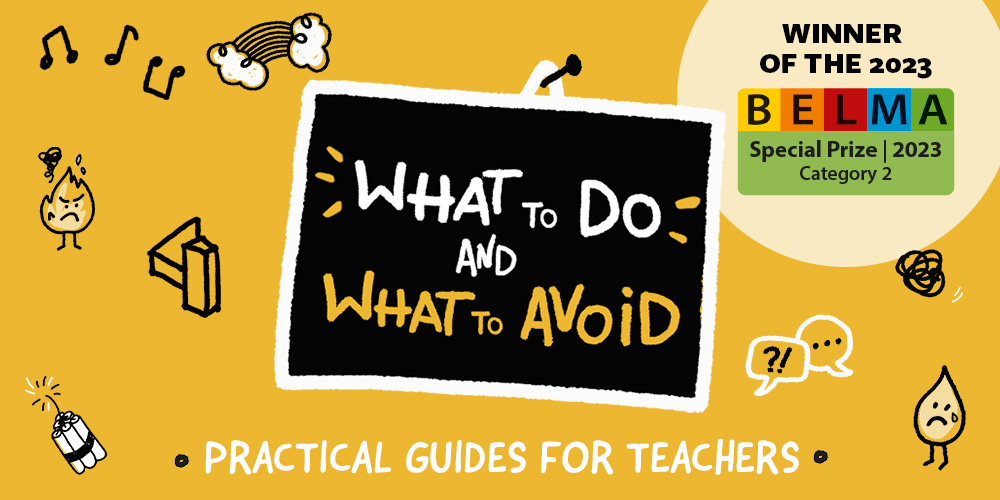
14 practical and ready-to-use guides to help preschool, primary and lower secondary school teachers know, recognize and manage some of the most frequent problematic behaviours that can occur in classes with pupils with Down’s Syndrome, Autism, ODD, Dyslexia, ADHD and Hyperactivity. Other books are dedicated to Emotional Disorders, the problem of Bullying, to the Inclusion and IEP: this last proposal suggests tools and strategies to build a truly inclusive Individual Education Plan (IEP) for the whole class for all school grades.
The clear and concise illustrated guides written in the style of a Teacher Training notebook, suggest strategies, correct behaviours to have and actions to be avoided in certain contexts to intervene promptly and adequately.
TEACHER-TRAINING
Teacher Training aims to make teachers understand the cognitive functioning of children and young people with a disorder (developmental, behavioural, psychiatric), so that they can apply specific and therefore more effective educational and teaching techniques, and develop a common language with the clinicians involved in the care of the child/young adult.
Structure of the guides
Each volume is introduced by a short theoretical section dedicated to the presentation of the type of disorder, then followed by the descriptions of the problem behaviours that are most frequently encountered in the classroom divided into chapters.
Each chapter is structured as follows:
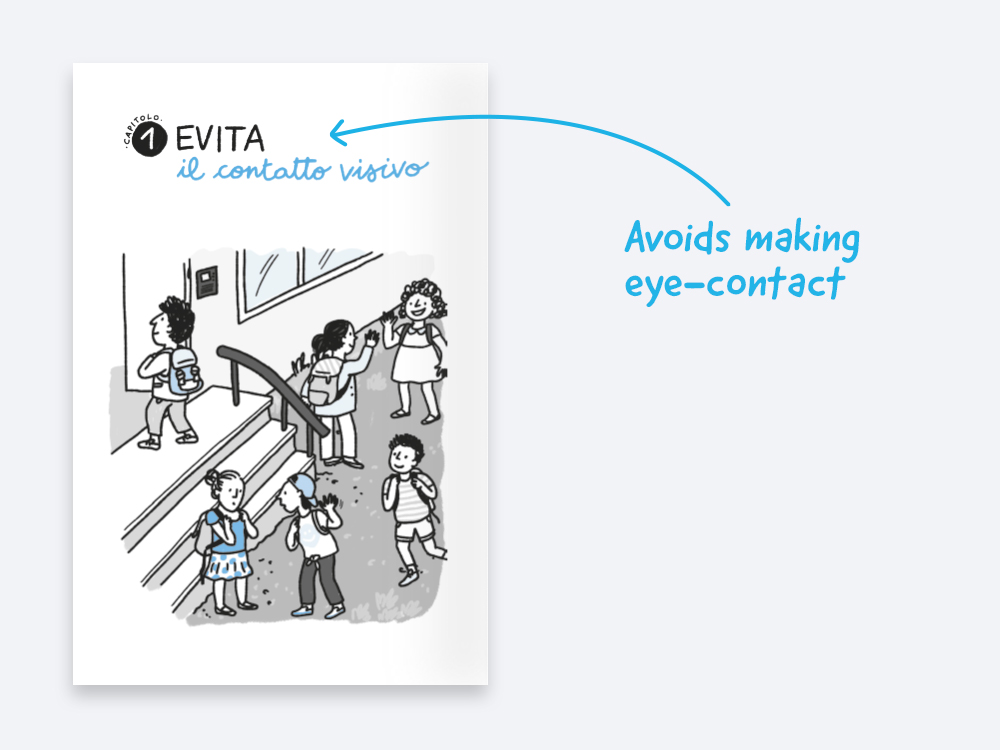
At the beginning of each chapter, a drawing introduces the analysed behaviour.
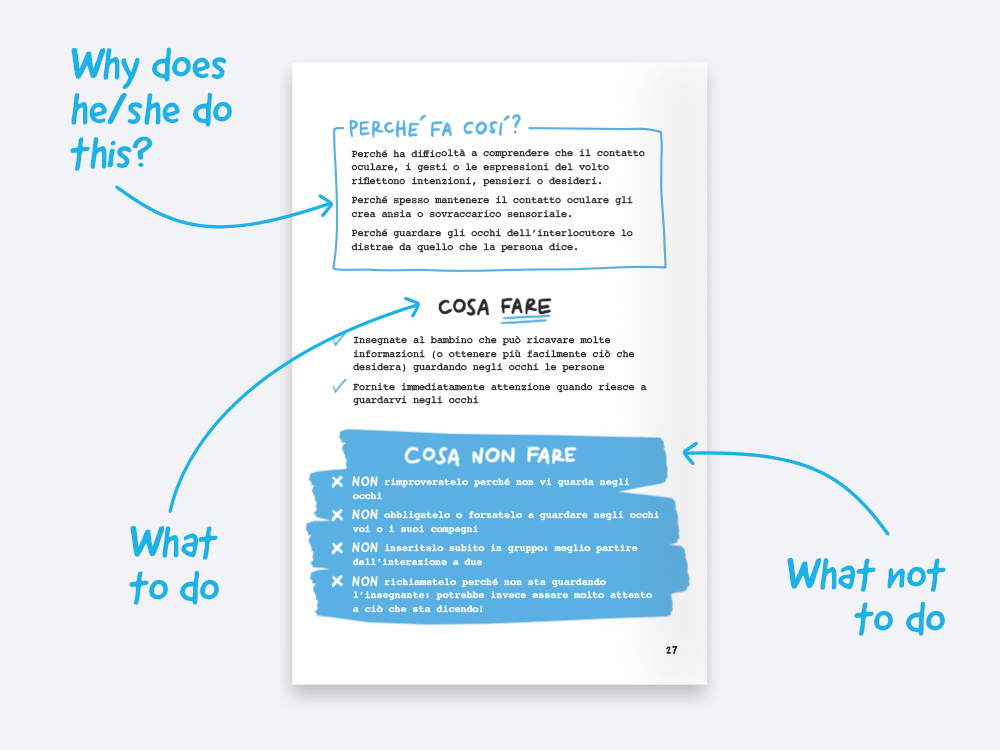
• Explanations of the problem behaviour being considered: Why does he/she do this?
• Brief and simple indications that can be useful to the teacher as a reference point for quickly deciding What to do and reflect on What to avoid.
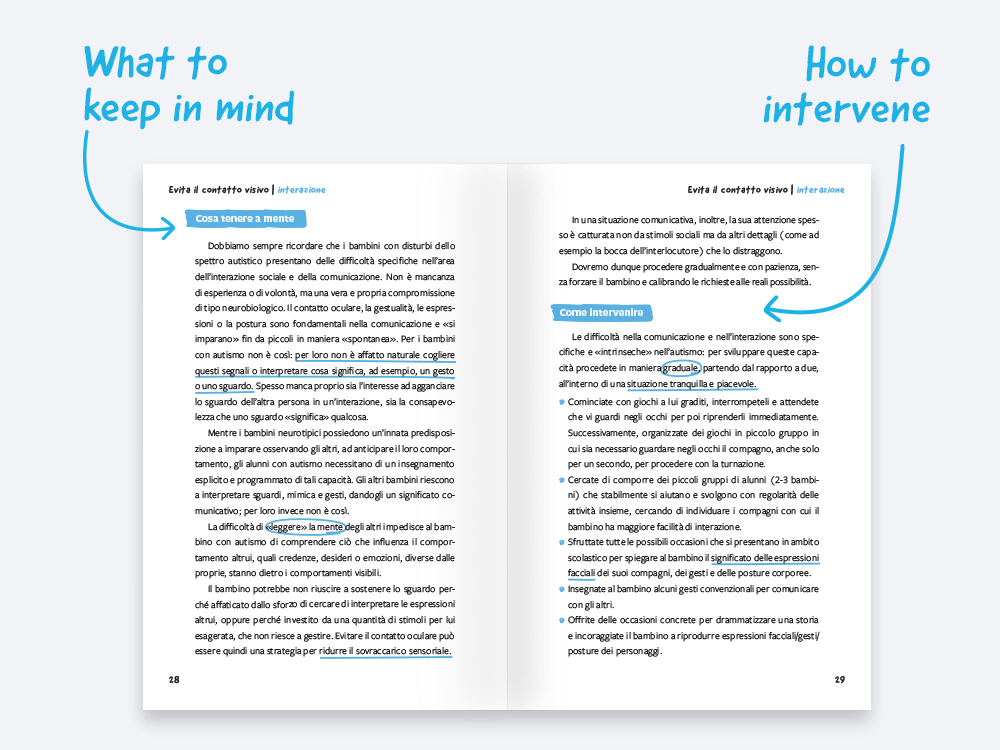
• A more in-depth description of the specific problem behaviourbeing worked on: Analysis of the problem behaviour.
• The tools and educational strategies to create the intervention: How to intervene.
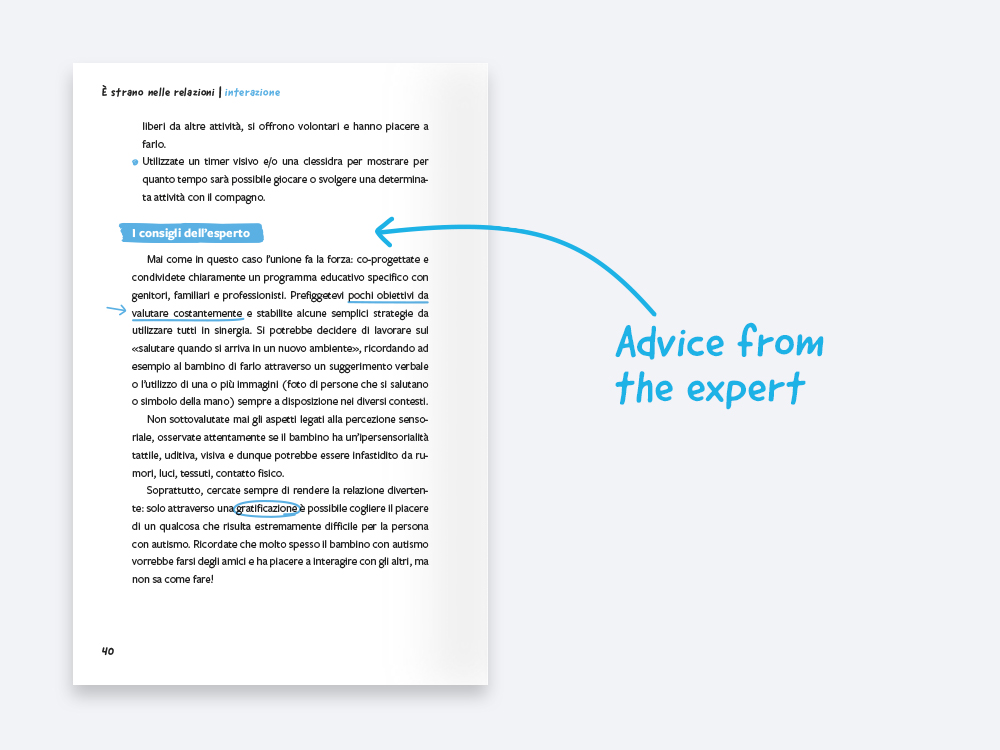
Each chapter closes with The expert advice: reflections to further understand and enrich the teacher’s “briefcase of educational tools”.
THE VOLUMES IN THE SERIES
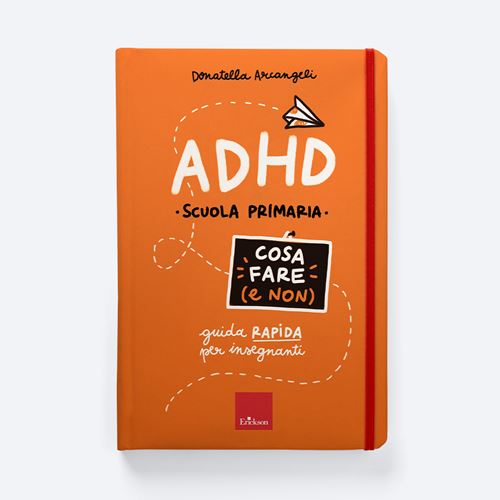
ADHD – Primary School
Donatella Arcangeli
Children with ADHD – a neurodevelopmental disorder – may present learning, behaviour, temperament and anxiety disorders – characteristics that may be more or less pronounced in the impairment. This guide presents targeted, ready-to-use instructions for successfully dealing with 15 specific problem behaviours of ADHD.
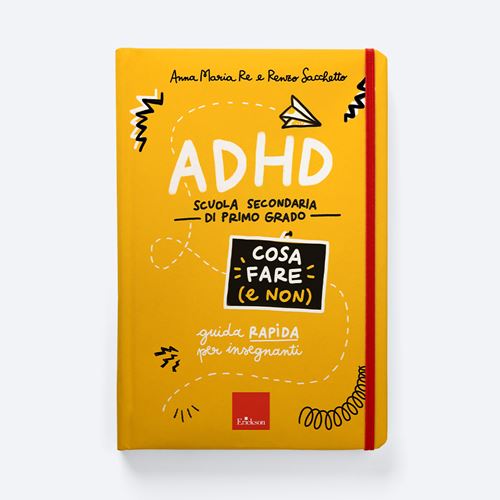
ADHD – Secondary school
Anna Maria Re, Renzo Sacchetto
This guide offers secondary school teachers suggestions and guidelines to successfully address 15 problematic behaviours typical of Attention Deficit/Hyperactivity Disorders. The book is divided into 15 chapters grouped into three main sections: inattention, hyperactivity, and impulsivity, which are the problematic behaviours typical of students with ADHD in the 11-14 age range.
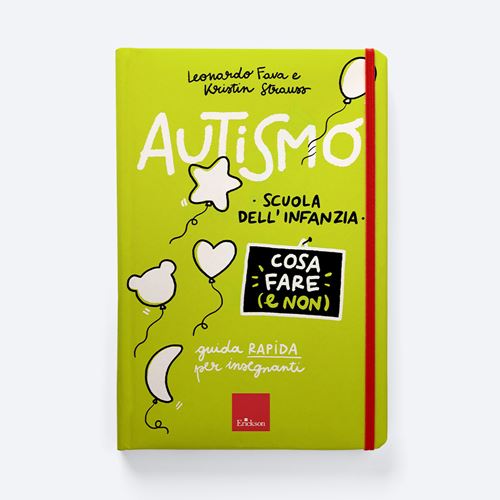
Autism – Kindergarten
Leonardo Fava, Kristin Strauss
15 chapters to discover which practical tools to use in the section to reduce the problematic behaviour s of children with autism and try to increase the functional ones. There is no single strategy valid for all cases: by applying multiple strategies in synergy at multiple levels, teachers will find the most suitable solutions for each specific case!
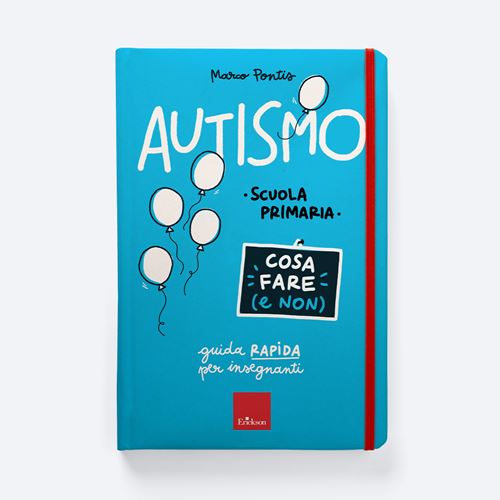
Autism – Primary school
Marco Pontis
People with autism tend to be alone, often avoiding eye contact and are reluctant to change. Moreover, they perform repetitive movements, such as swinging or clapping. In this guide, the author presents the most effective strategies to manage a child with autism in primary school, and offers clear and concise indications on what to do and what to avoid.
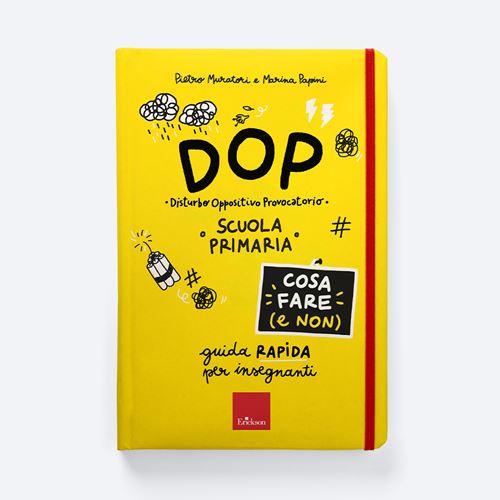
ODD Oppositional Defiant Disorder – Primary school
Pietro Muratori and Marina Papini
Already at the age of five, some significant behaviours of ODD – Oppositional Defiant Disorder, recently classified as ‘disruptive disorder’ – can be observed. This book suggests what to do and what not to do when confronted with children suffering from ODD in primary school.
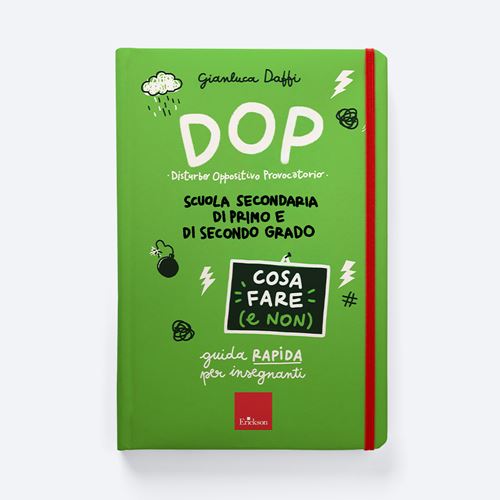
ODD Oppositional Defiant Disorder – Secondary school
Gianluca Daffi
Angry and irritable temperament, controversial as well as defiant, revengeful or teasing behaviour. This ready-to-use guide suggests which actions to implement and which to avoid to deal with specific ODD behaviours in primary school.
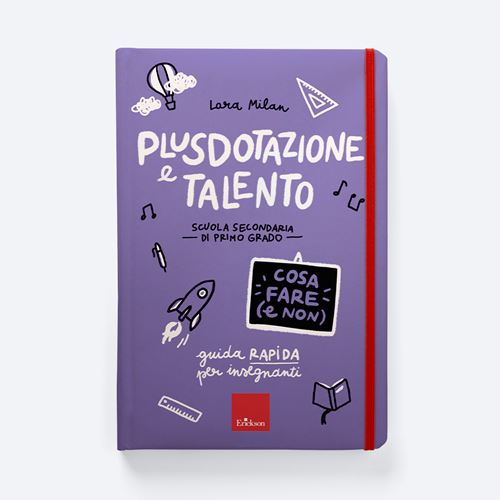
Giftedness and Talent
Lara Milan
Gifted children and adolescents show exceptional levels of performance in one or more areas, but do not always experience giftedness as an advantage but rather as a discomfort. In this quick guide, Lara Milan offers useful tips for engaging and valuing gifted students at secondary school to enhance their cognitive and socio-emotional needs.
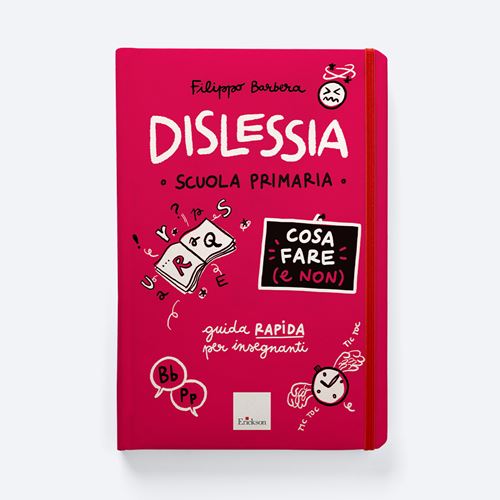
Dyslexia: What to do and what to avoid – Primary school
Filippo Barbera
Dyslexia is one of the Specific Learning Disorders (‘SLD’) that involves difficulty in reading a text, not only from a grammatical point of view but also in terms of speed and comprehension. In this book, Filippo Barbera – reporting his own experience as a dyslexic teacher – provides useful indications and suggestions on how to deal with the typical patterns of dyslexia in primary school classes.

Bullying: What to Do and What to Avoid – Secondary school
Antonella Ammirati
By dividing the book into four major topics (the bully, the victim, the group and the context), the author proposes clear and simple strategies and guidelines that can be adopted in the secondary school, effectively intervening in cases of bullying.

Emotional disorders: What to Do and What to Avoid – Secondary school
Francesca Mencaroni
Emotional disorders are psychological conditions that affect the way a person experiences and manages their emotions. This guide explains how to deal with 15 typical problem behaviours of emotional disorders, suggesting which approaches to adopt and which ones to avoid with secondary school children.
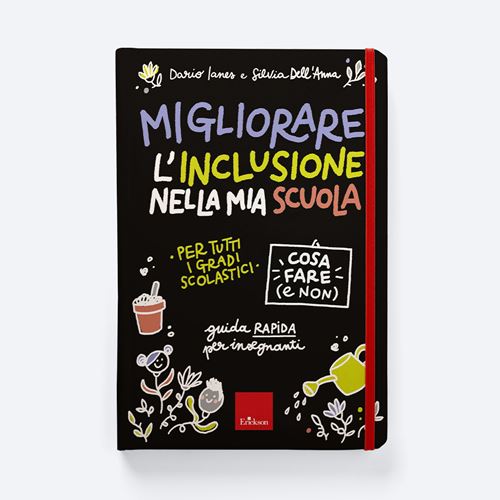
Improving inclusion in my school
Dario Ianes, Silvia Dell’Anna
This practical guide provides clear, simple, and immediately applicable suggestions and strategies — a real working method — to enhance inclusion in the classroom. Designed for teachers at all school levels, this book is divided into 14 chapters, grouped into three main sections each addressing a different aspect of school inclusion: Engaging All Stakeholders in the System; Observing, Analysing, and Understanding the School’s Overall Situation; Planning and Implementing Improvement Actions.
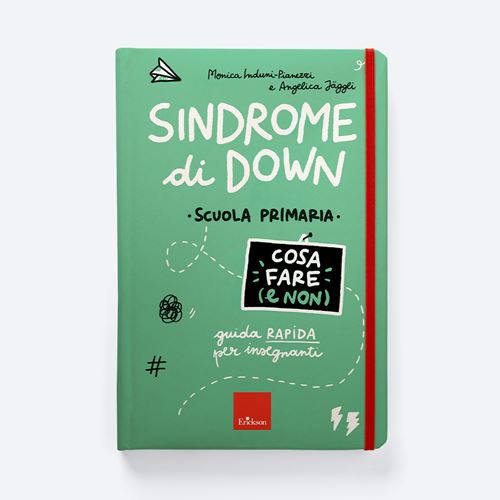
Down’s Syndrome – Primary School
Monica Induni Pianezzi, Angelica Jaeggli
In the style of a Teacher Training notebook, this book offers primary school teachers suggestions and strategies to successfully address the 12 most common problematic behaviours typical of Down’s Syndrome. The book is divided into three main sections: adaptive and social skills; communication; learning. Each section represents the problematic behaviours typical of students with Down’s Syndrome in the 6-10 age range.
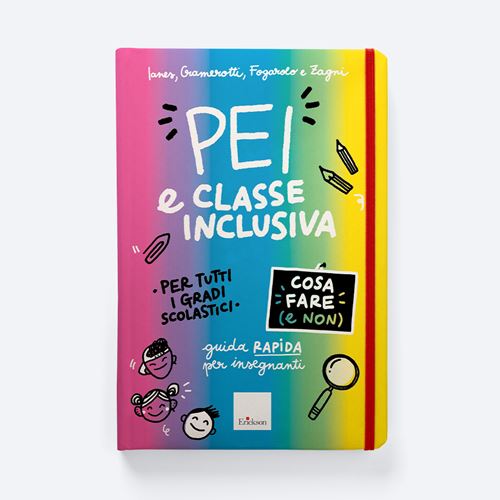
IEP and inclusive class
Dario Ianes, Sofia Cramerotti, Flavio Fogarolo, Benedetta Zagni
The volume – suitable for all school levels – proposes 15 operational strategies to build an inclusive IER and class. It is divided into 3 main sections (Building a global IEP – Building the point of contact between the IEP and the class – Building the inclusive class) and at the end presents a checklist to self-monitor the actions that make the IEP a truly inclusive tool for everyone.

Hyperactivity, impulsivity and inattention
Sara Pezzica
Children at school may have frequent need to move around, difficulties in sitting, playing quietly and maintaining attention to the assigned work. This guide explains how to successfully deal with the typical challenging behaviours of hyperactivity, impulsivity and inattention in kindergarten.